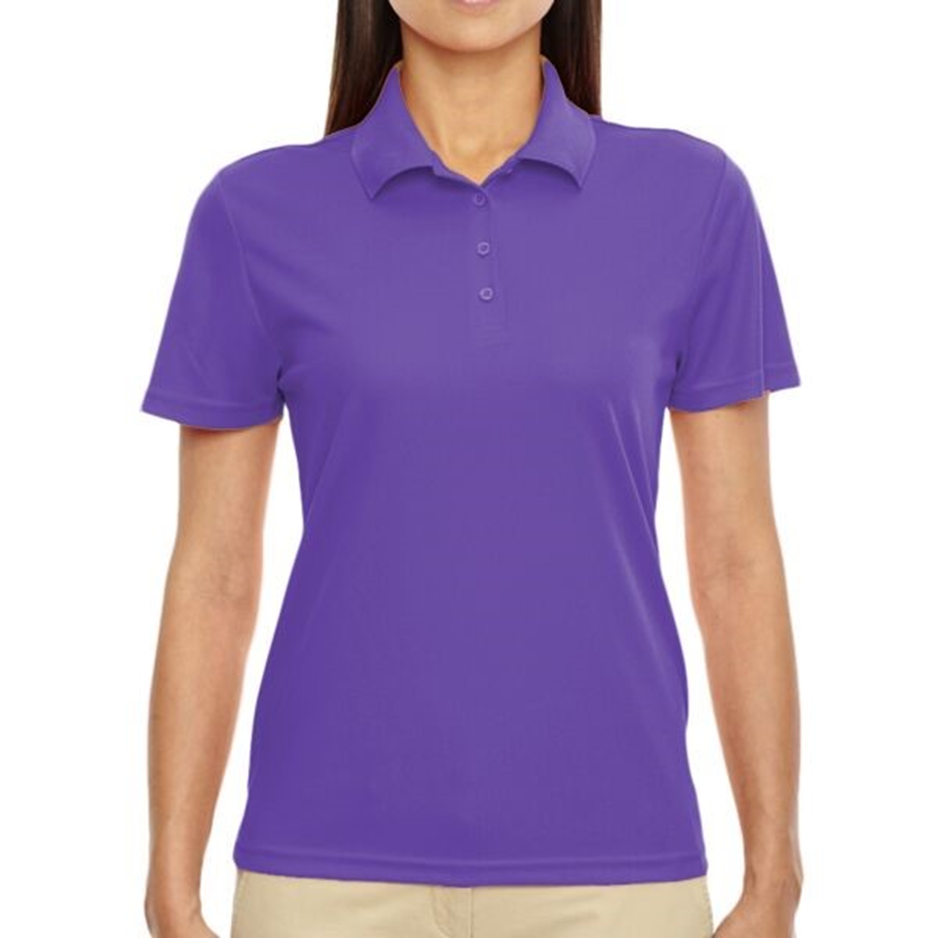DTG vs. Screen Printing: Which Custom Printing Method is Best?

The realm of T-shirt printing is a dynamic and creative sphere that serves as a canvas for personal expression and artistic flair. Over the years, it has transformed into a significant industry, catering to diverse needs and preferences. At the heart of this evolution lie two prominent printing techniques: Direct-to-Garment (DTG) and Screen Printing. Each method offers unique advantages, challenges, and applications. This article ventures into the intricate landscape of these two printing giants, offering insights to help individuals, artists, and businesses choose the method that best aligns with their objectives.
Section 1: What is Direct-to-Garment (DTG) Printing?
Direct-to-Garment (DTG) printing stands out as a modern marvel in the T-shirt printing industry. It involves digital technology to print intricate and multi-colored designs directly onto garments. The DTG printer sprays water-based inks onto the fabric, allowing for a wide spectrum of vibrant colors and detailed images. This method is akin to using an inkjet printer on paper, but tailored specifically for textiles.
Section 2: What is Screen Printing?
Screen Printing, often referred to as silk screening, is a traditional yet highly effective method for printing on textiles. It involves creating a stencil (the screen) and using it to apply layers of ink on the printing surface. Each color in the design requires its own screen. This process results in durable prints with vivid hues, suitable for bulk production due to its cost-effectiveness at larger volumes.
Section 3: Cost Analysis: DTG vs. Screen Printing
|
Aspect |
DTG |
Screen Printing |
|
Initial Setup Cost |
Low |
High |
|
Cost per Print (Small Runs) |
Moderate |
Higher |
|
Cost per Print (Large Runs) |
High |
Lower |
The cost evaluation between DTG and Screen Printing showcases a crucial consideration for both individual and bulk orders. DTG is more cost-effective for small batches due to minimal setup, whereas Screen Printing becomes economical with higher volumes, warranting keen attention to print run sizes.
Section 4: Print Quality and Durability
Print quality is paramount in the selection of a printing method. DTG printing enables high-resolution images with exceptional photorealism and smooth gradients, which is ideal for complex designs. However, the durability may not reach the level of Screen Printing, as the latter excels in creating robust prints that withstand frequent washing and wear.
Section 5: Design Complexity and Color Range
For intricate designs and intricate color gradations, DTG is superior due to its ability to produce millions of colors directly from digital files. In contrast, Screen Printing is limited by the number of colors involved, as each requires a separate screen. Consequently, DTG is preferred for detailed designs, while Screen Printing is advantageous for simpler logos or patterns with limited colors.
Section 6: Environmental Impact
With growing awareness about environmental conservation, the impact of printing methods has gained significance. DTG uses water-based inks, leading to less waste, while Screen Printing, depending on the type of inks and chemicals used, may produce more environmental waste. Eco-friendly businesses often lean towards DTG for its relatively lower ecological footprint.
Section 7: Production Speed
Screen Printing emerges as a front-runner in terms of production speed when dealing with larger orders. Once set up, it can produce a high volume of shirts quickly. DTG is more suited for smaller batches, taking longer for each individual piece, but without the setup time needed for each different design.
Section 8: Industry Applications
Various industries benefit from both DTG and Screen Printing. Fashion brands opt for DTG when custom designs are continually in demand due to rapid trend changes. Screen Printing finds its niche in uniform printing for companies, school apparel, and bulk orders for large events like concerts or sports, where consistent, durable quality is crucial.
Section 9: Choosing the Right Printer for Your Business
Determining the appropriate printing technique for your business depends on several factors: the size of orders, complexity of designs, turnaround times, and environmental considerations. Businesses focusing on custom and on-demand products may find DTG more fitting, while those dealing in large quantities will likely benefit from the efficiency of Screen Printing.
Section 10: Comparison: T-Shirt Printing Techniques
The choice between DTG and Screen Printing ultimately hinges on the specific needs of the project at hand. Below is a summarized comparison.
|
Factor |
DTG |
Screen Printing |
|
Setup Time and Cost |
Quick and Low |
Lengthy and High |
|
Best for |
Small, Custom Orders |
Large, Batch Orders |
|
Complex Designs |
Excellent |
Limited |
|
Durability |
Less Durable |
Highly Durable |
Key Takeaways: The Future of Custom T-Shirt Printing
The industry of custom T-shirt printing, represented by DTG and Screen Printing, continues to evolve, driven by advancements in technology and shifts in consumer demand. DTG represents the frontier of digital printing with its flexibility and ability to produce high-quality replicas of digital designs, advantageous for small, personalized batches. Conversely, Screen Printing retains its stature in mass production with its cost-efficiency and durability.

